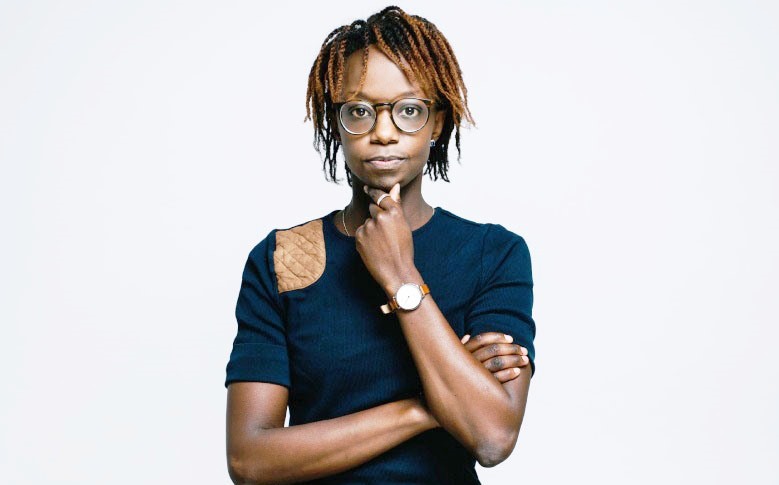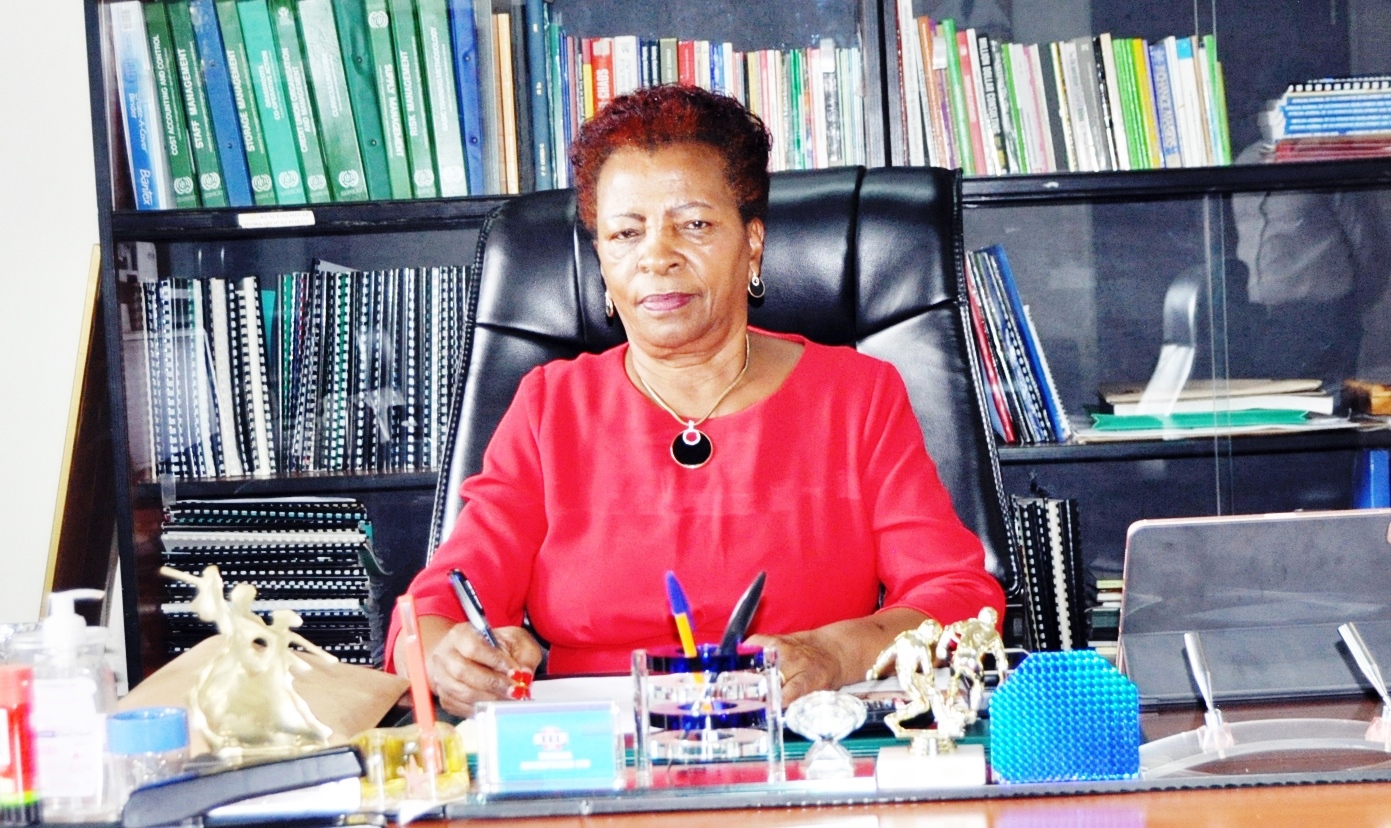By Jackson Okoth
All the Deposit-Taking Saccos supervised by the Sacco Societies Regulatory Authority (SASRA) are expected to begin altering their letter heads, corporate identity, brand names or even logos.
This will happen as soon as a proposal contained in The Sacco Societies (Amendment) Bill, 2016, allowing them to change names, is passed into law.
According to this Bill, The Sacco Societies Act, 2008 is to be amended by inserting Section 27A (1) which states that a Sacco society licensed under this Act to undertake deposit-taking business shall incorporate, as part of its business name and use at all times, the words “ Deposit-Taking Sacco”, DTS, DT-Sacco or any of its derivatives.
The amendments seek to prohibit any unlicensed persons to use the above acronyms unless that person is licensed under this Act. Every Deposit-Taking Sacco Society existing before this section shall, within 12 months, be expected to comply with the legal requirements.
A move to provide legal protection to Deposit-Taking Saccos comes at a time when there is confusion in the financial markets with no clear distinction between a Deposit-Taking Sacco, which offer quasi-banking services from other credit-only Saccos and other new kids on the block including the amorphous matatu Saccos operating in the chaotic public transport sector.
While Saccos have invested heavily to promote their business and brands, the lack of legal protection for the word “SACCO” is not helping at all. This situation is hurting the Sacco sub-sector and more so the deposit-taking Sacco business.
“The word “SACCO” has become synonymous with “Co-operatives” and has been misused in several instances hence the need for new ways of distinguishing Deposit-Taking Saccos. The name has been greatly abused by non-financial activities ranging from Matatu Saccos (private bus co-operatives) to pyramid schemes,” said Ali Noor Ismail, Principal Secretary in the State Department for Co-operatives, Ministry of Industry, Trade and Co-operatives.
Ismail made the remarks during the Sacco stakeholders workshop held in Mombasa recently. The workshop had been convened to discuss several amendments to the Sacco Societies Act, 2008 (Cap 490B).
The main areas of discussion centred on providing legal protection to Deposit-Taking Saccos, allowing Saccos to join the Credit Information Sharing platform and vetting of Sacco board of directors and senior management by SASRA.
The Sacco Societies Act (CAP 490B) was enacted in 2008 to make provisions for licensing, regulating and supervising Deposit-Taking Sacco Societies.
The implementation of the Act, however, started in June 2010 when the Sacco Societies (Deposit-Taking Sacco Business) Regulations, 2010, came into force. This implies that the Deposit- Taking Sacco societies have been regulated prudentially for the last six years.
“We have seen Deposit-Taking Saccos grow from an asset base of Sh171 million in 2010 to Sh342 million as at December 2015, majorly driven by loans which grew from Sh123 million in 2011 to Sh248 million in 2015,” said the PS.
Assets growth, which is funded by members’ deposits have grown from a meager Sh123 million in 2010 to Sh235 million in 2015, an indication of sustained confidence in the sub-sector as financial service providers.
“Currently, the number of licensed deposit-taking Sacco societies stand at 177 while three Saccos have in this year expressed interest to start deposit-taking business,” Ismail disclosed. Today, Deposit-Taking Saccos have significantly grown in size, clout and financial muscle, rivaling the low tier commercial banks with some DT Saccos acquiring a stake or taking over some of these banks.
“An increasing number of Saccos are now opening up front offices and are therefore getting increasingly exposed to more risks. This is why there is need for this distinction and clarity on use of the name DT Sacco to distinguish them from others,” said Gerald Nyaoma, director of Financial Markets at Central Bank of Kenya (CBK).
Nyaoma is also a board member of SASRA and an alternate to the CBK governor. DT Saccos, with Sh342 billion in net assets, account for three quarters of the Sacco industry net assets estimated at Sh450 billion.
This growth has been funded by member deposits and capital reserves to the tune of 85 per cent, a clear signal that member confidence has continued to improve.
“Our concern has been that while the name banks or microfinance banks are protected, we are exposed despite the fact that what we do is differentiated from the rest,” said Tony Mwangi, Unaitas Sacco Society Chief Executive Officer.
His sentiments are shared by SASRA which was part of the team that pushed this proposal to the Ministry of Finance, which spelt out these amendments in the Finance Bill, 2016/17 presented to Parliament in June this year after the Budget.
“We have brand confusion in the market with public service vehicles also using the name Sacco. This is why we propose a legal solution in order to protect the name Sacco from mutilation,” said Peter Njuguna, SASRA Head of Supervision.
Sacco Review|The Leading Newspaper for Co-operative Movement in Kenya
The Leading Newspaper for Co-operative Movement in Kenya

